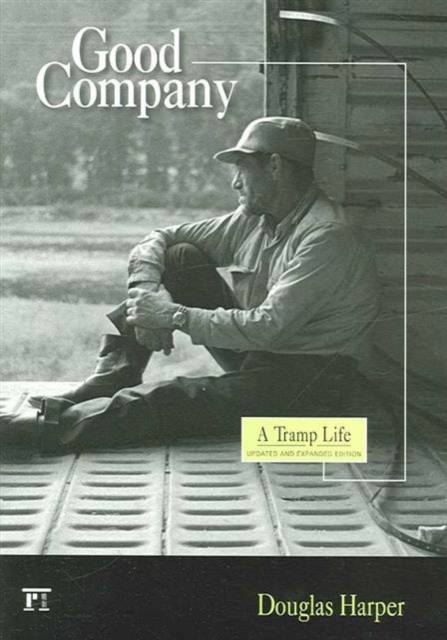
- Retrait gratuit dans votre magasin Club
- 7.000.000 titres dans notre catalogue
- Payer en toute sécurité
- Toujours un magasin près de chez vous
- Retrait gratuit dans votre magasin Club
- 7.000.0000 titres dans notre catalogue
- Payer en toute sécurité
- Toujours un magasin près de chez vous
Description
Good Company: A Tramp Life, is a vivid portrait of a lifestyle long part of America's history, yet rapidly disappearing. The author traveled extensively by freight train to gain rich insights into the elusive world of the tramp. Richly illustrated with 85 photographs by the author, the book presents the homeless man as an individual who "drank, migrated, and worked at day labor" rather than the stereotype of a victim of alcoholism. The tramps with whom Harper shared boxcars and hobo jungles were the labor force that harvested the crops in most of the apple orchards in the Pacific Northwest. They were drawn to the harvest from across the United States and migrated primarily on freight trains, as had hobos in the 1930s. Although not without its problems, the tramp way of life is a fierce and independent culture that has been an integral part of our American identity and an important part of our agricultural economy. Since the first edition of this classic book was published by the University of Chicago Press, the tramp has virtually disappeared from the American social landscape. The agricultural labor force is now made up of Hispanic migrants. This significantly revised and updated edition contrasts this disappearing lifestyle with the homelessness of the modern era, which has been produced by different economic and sociological forces, all of which have worked against the continuation of the tramp as a social species. The new edition richly documents the transition in our society from "tramps" to urban homelessness and the many social, political, and policy changes attendant to this transformation. It also includes an additional thirty-five previously unpublished photographs from the original research.
Spécifications
Parties prenantes
- Auteur(s) :
- Editeur:
Contenu
- Nombre de pages :
- 224
- Langue:
- Anglais
Caractéristiques
- EAN:
- 9781594511844
- Date de parution :
- 15-11-06
- Format:
- Livre broché
- Format numérique:
- Trade paperback (VS)
- Dimensions :
- 179 mm x 253 mm
- Poids :
- 408 g

Les avis
Nous publions uniquement les avis qui respectent les conditions requises. Consultez nos conditions pour les avis.






